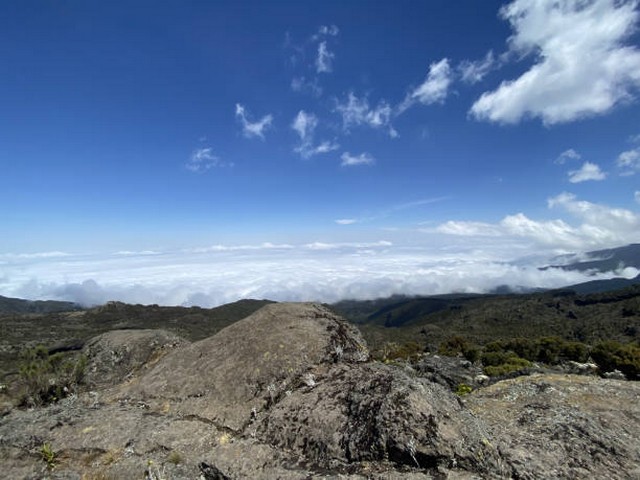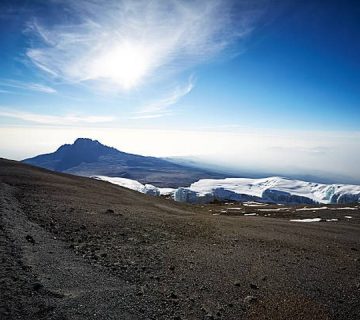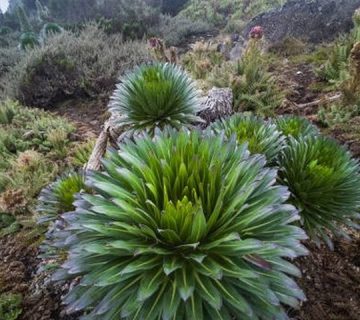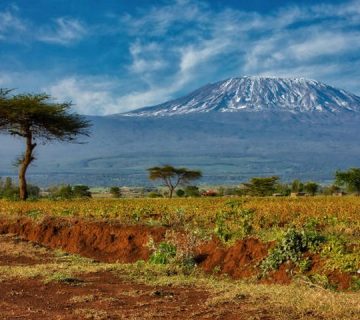How To Book A Kilimanjaro Trekking Tour: A Guide to Conquering New Heights
Introduction: Embark on a Journey of a Lifetime
Imagine standing atop Africa’s highest peak, surrounded by a blanket of clouds and the golden sunrise illuminating the vast expanse below. The air, crisp and fresh, fills your lungs as you take in the breathtaking views from 5,895 meters above sea level. This isn’t just any mountain – this is Mount Kilimanjaro, a beacon for adventurers from around the globe. Booking a trekking tour to Kilimanjaro is more than planning a trip; it’s about crafting an unforgettable life experience. At Kilimanjaro Centre for Trekking and Ecotourism (KCTE), we understand the magnetism of Kilimanjaro and are dedicated to helping you achieve your dream of conquering this majestic summit. In this post, we’ll guide you through the essentials of how to book a Kilimanjaro trekking tour that aligns perfectly with your adventure spirit and ensures a safe, exhilarating climb.
Choosing the Right Tour Operator
Why KCTE Stands Out
Selecting the right partner for your Kilimanjaro adventure can make the difference between a good experience and an extraordinary one. At KCTE, we pride ourselves on our deep-rooted knowledge of the mountain, our commitment to safety, and our dedication to sustainable tourism practices. Here’s why you should choose KCTE for your Kilimanjaro trek:
- Expert Guides: Our guides are certified, experienced, and have an unparalleled passion for Kilimanjaro. They ensure your journey is safe and enriching.
- Tailored Experiences: We offer a variety of routes and can tailor your trek according to your fitness level, preferences, and desired challenges.
- Sustainable Practices: As advocates for the environment, we operate in a way that preserves the beauty and integrity of the mountain for future generations.
Evaluating Credentials and Reviews
Do your due diligence by checking our credentials, safety records, and client testimonials. KCTE is fully licensed, and our numerous positive reviews on platforms such as TripAdvisor highlight our capability and dedication to providing a memorable and safe trekking experience.
Planning Your Trek: Routes, Preparation, and What to Expect
Choosing the Right Route
Kilimanjaro offers several routes, each with its own unique features:
- Marangu: Often called the “Coca-Cola” route, it is the most popular path, known for being well-trodden and relatively easy.
- Machame: Known as the “Whiskey” route, it is steeper and more challenging but rewards trekkers with stunning scenic vistas.
- Lemosho: A longer route allowing better acclimatization, featuring some of the most spectacular and diverse landscapes.
At KCTE, we can help you select the route that best suits your adventure level and desired experiences.
Physical Preparation
Climbing Kilimanjaro is an endurance test and requires a reasonable degree of fitness. We recommend starting a training regime at least six months before your trek, focusing on cardiovascular fitness, strength training, and hiking. Additionally, mental preparation is just as important to ensure you are mentally tuned to face the challenges of the trek.
What to Pack
Packing the right gear is crucial. Essentials include:
- Thermal clothing for the summit night
- Quality hiking boots
- A comfortable backpack
- A sleeping bag suitable for sub-zero temperatures
- Headlamps, sunglasses, and sunblock
Our detailed packing list will ensure you are fully prepared for all weather conditions and the rigors of the trek.
Booking Your Tour: Steps to Secure Your Adventure
Contacting KCTE
The first step to your Kilimanjaro adventure begins with getting in touch with us. You can reach out via our website, phone, or email. Our friendly team is ready to answer all your questions and provide you with all the information you need to make an informed decision.
Customizing Your Experience
Once you contact us, we will discuss your needs, help you choose the best route, and tailor the trek according to your preferences. Whether you’re seeking a private, intimate trekking experience or looking to join a group, we can accommodate your needs.
Handling Logistics
At KCTE, we handle all logistics from the moment you land at Kilimanjaro International Airport. This includes transfers, accommodation before and after the trek, park fees, and all meals during the trek. We aim to make your preparation as stress-free as possible.
Making it Official
Finally, to secure your spot, you’ll need to make a deposit. Our booking process is straightforward and secure, ensuring your peace of mind. We offer various payment options to suit your convenience.
FAQs: Answering Your Common Queries
What is the best time to climb Kilimanjaro?
The best times are during the dry seasons, from January to mid-March and from June to October. These months offer the most favorable weather for trekking.
How long does it take to climb Kilimanjaro?
It typically takes about 5 to 9 days depending on the route chosen. We generally recommend routes that allow more time for acclimatization to increase your chances of reaching the summit.
Is it safe to climb Kilimanjaro?
Yes, with KCTE it is. Safety is our paramount concern. We ensure all our guides are well-trained in first aid and mountain rescue. We also conduct regular health checks throughout the trek.
Conclusion: Your Kilimanjaro Adventure Awaits
Booking a Kilimanjaro trekking tour is an exhilarating decision that promises the adventure of a lifetime. With KCTE, you’re choosing a trusted partner who will ensure your journey is safe, enjoyable, and unforgettable. Reach out to us today to begin planning your ascent to the ‘Roof of Africa’. Kilimanjaro is not just a mountain; it’s a testament to the enduring spirit of adventure that lies within each of us. Let us help you unleash that spirit. Climb with us, climb with Kilimanjaro Centre for Trekking and Ecotourism. Your adventure starts now!
Ready to conquer Kilimanjaro? Contact us today and let’s get started on planning your dream trek!




